Mushroom enthusiasts and foragers are often captivated by the diverse and mysterious world of fungi. Among…
How to Find, Identify and Harvest Chaga Mushrooms (Inonotus obliquus)
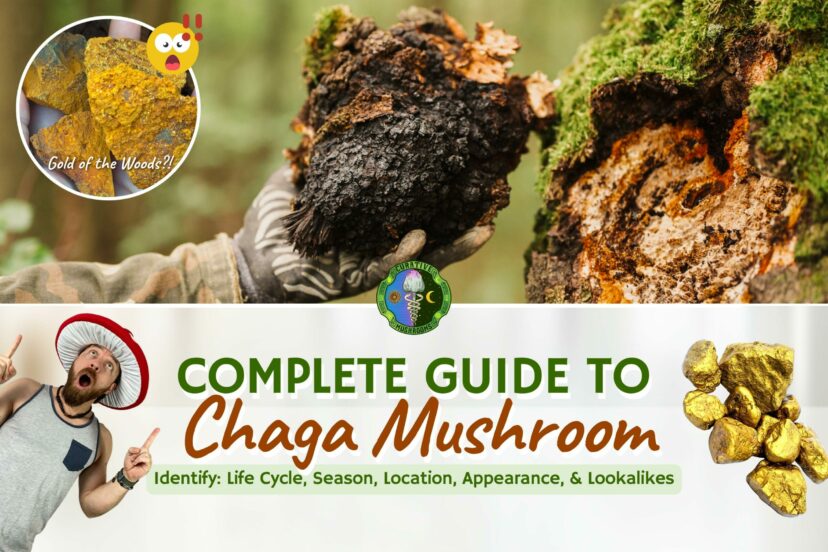
How to Identify Chaga Mushrooms (Inonotus obliquus). Chaga (Russian term ‘чага’) is a fungus that grows on birch trees in cold regions. They have been used for centuries in traditional medicine for their health benefits. However, identifying them in the wild in their harvestable life stage can be a challenge.
Chaga Mushroom Identification: Tips and Key Characteristics of Inonotus obliquus and Lookalikes
This blog will cover the key characteristics of Chaga mushrooms:
- Life Cycle and Identity as a Fungi
- Season, Growth Habitat, and Distribution
- Physical Characteristics of Chaga:
- Appearance as early-stage
- when mature and harvestable
- outside & inside texture
- spores
- 4 Lookalikes and what is tree burls
Introduction to Chaga Mushroom—the Gold of the Forest
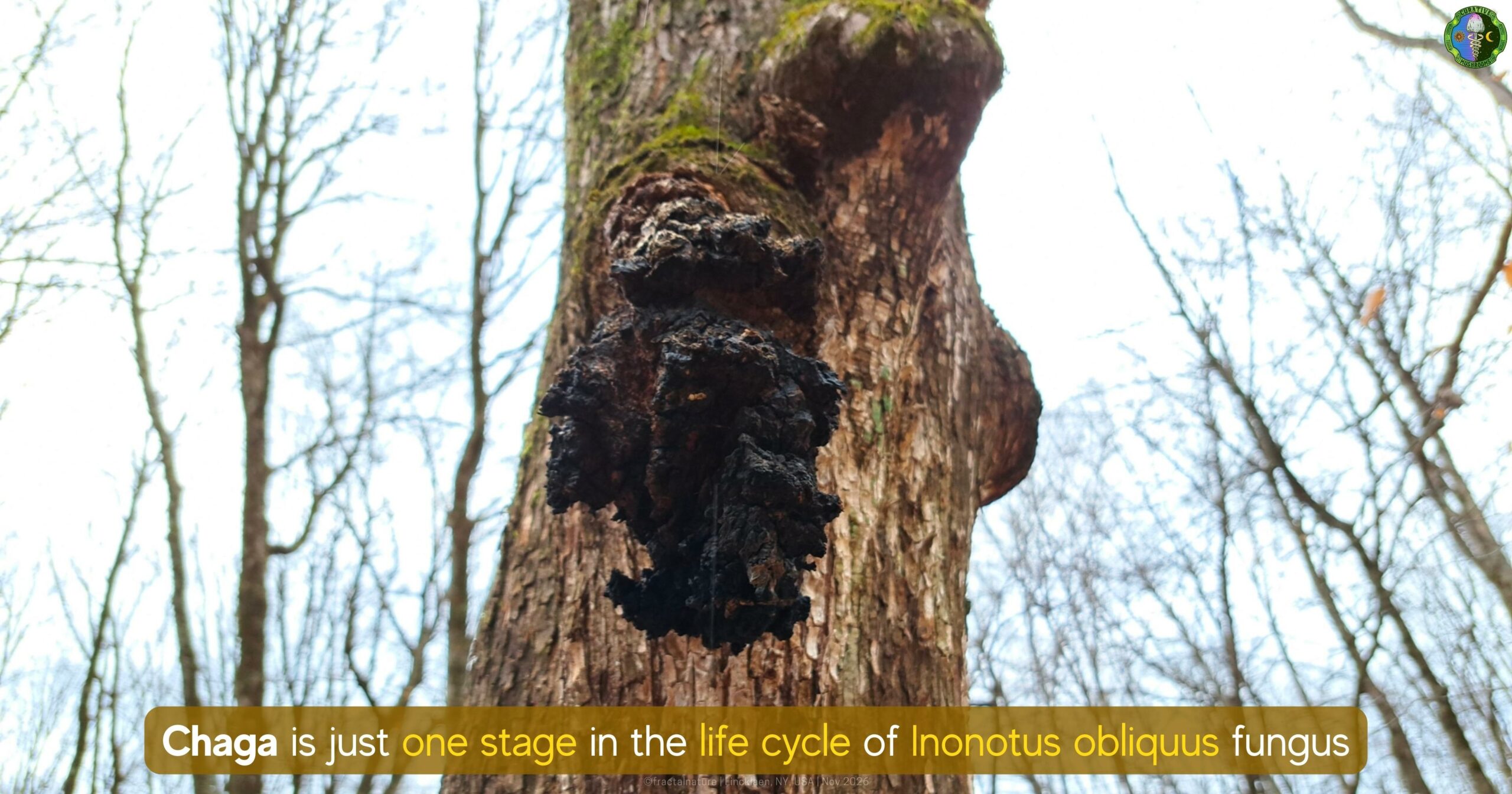
Although commonly referred to as a mushroom, the Chaga that we harvest is technically not a mushroom, but instead, a sterile conk. This sterile conk is made up of wood and sclerotia—a compact mass of hardened fungal mycelium. Despite its popularity in traditional medicine, much about the life cycle of Chaga fungus is still not yet fully understood.
According to some sources, the Chaga fungus’ sterile conk and sclerotia have separate functions in its life cycle. The sterile conk—a mass of tissue that grows on the trees—supports the fungus but does not release spores.
Meanwhile, the sclerotia—small, dark, and irregular masses of hardened fungal mycelium that grow within the host tree—is a survival structure that allows the fungus to persist in the environment in unfavorable conditions.
While Chaga does not produce spores from its sterile conk, it produces spores during a later stage of its life cycle when it forms a fruiting body known as a basidiocarp.
To simplify it, the Fungal Biology book specified that Chaga is just one stage in the life cycle of Inonotus obliquus, a polypore mushroom.
Chaga goes by several other names including Black Mass, Black Gold, Clinker Polypore, Birch Canker Polypore, Cinder Conk, and Sterile Conk Trunk rot of birch.
So Why Is Chaga called “The Gold of the Woods”?
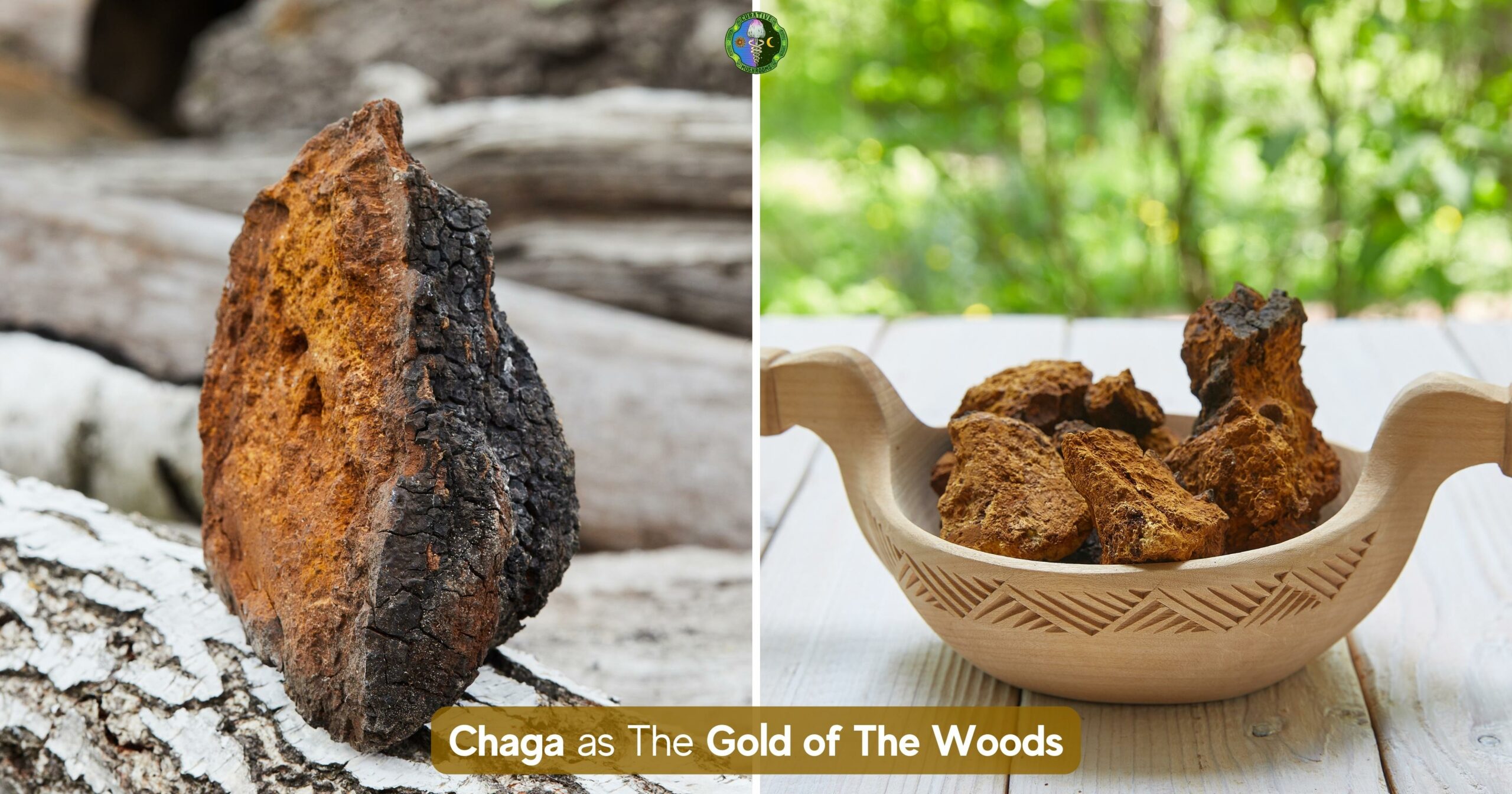
Chaga is sometimes called the “Gold of the Forest” because of its high value as a medicinal substance. It has been used in traditional medicine for centuries. Recent studies show that Chaga has the potential to reduce inflammation, fight cancer cells, regulate blood sugar levels, help prevent heart disease, boost the immune system, and prevent oxidative stress.
Chaga contains a variety of bioactive compounds, including polysaccharides, betulinic acid, and triterpenoids, which are thought to contribute to its therapeutic properties. The rarity of Chaga and its beneficial properties have led some to consider it as valuable as gold.
1. Chaga Season, Growth Habitat, and Distribution
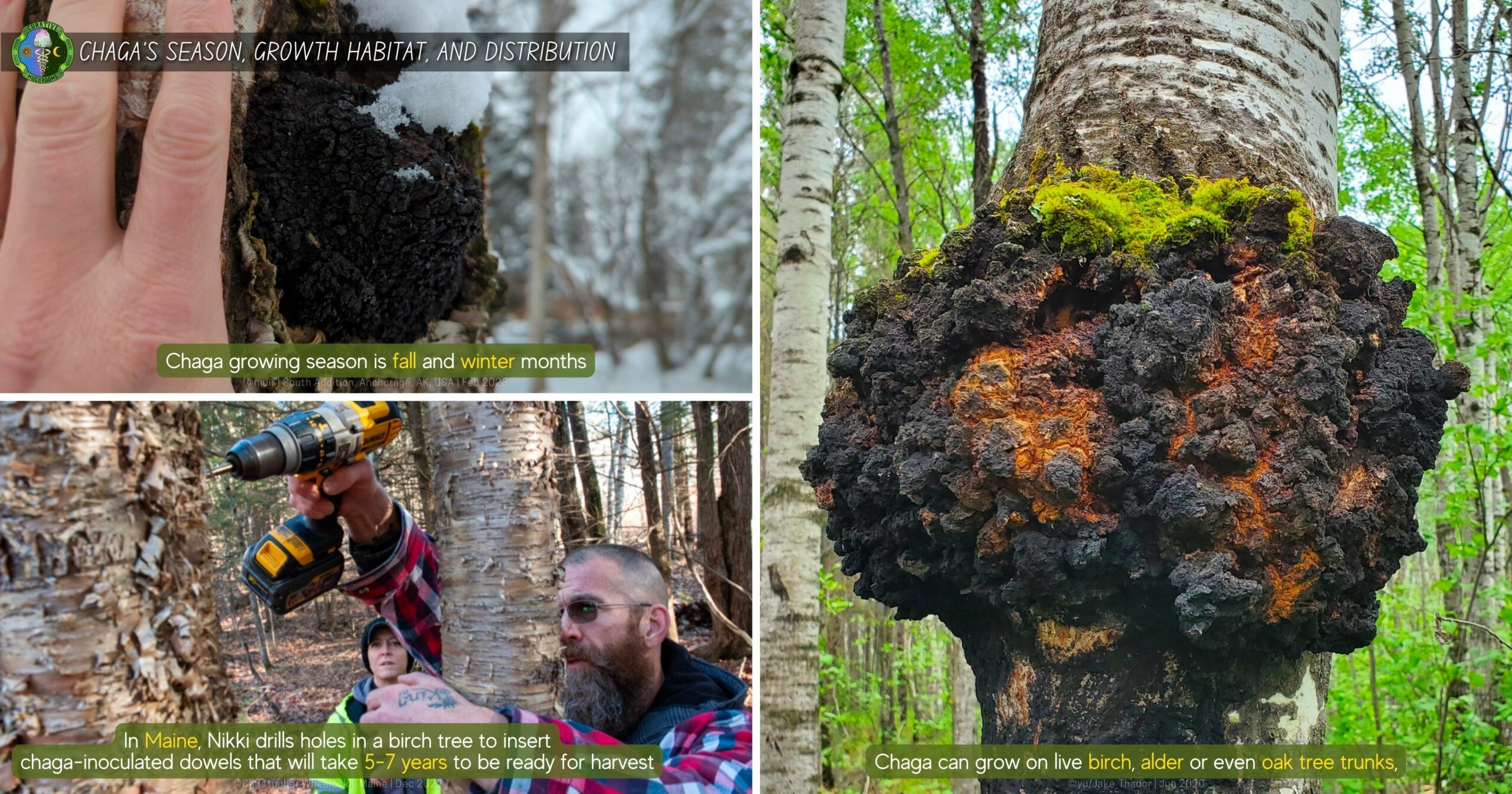
Understanding chaga’s ideal growth conditions is crucial for those interested in foraging or cultivating them. In this section, we will explore the seasonal, habitat, and geographic factors that influence the growth and distribution of Chaga fungi.
1.1. Chaga Mushroom Season
Chaga fungi grow primarily in cold regions of the world. Their growing season is typically during the fall and winter months when the fungus requires cold temperatures to thrive.
However, in areas with a more moderate climate, Chaga fungi may also grow during the spring and summer months. If you’re looking to forage for Chaga fungi, it’s important to do so during the appropriate growing season.
1.2. Chaga’s Growth Habitat
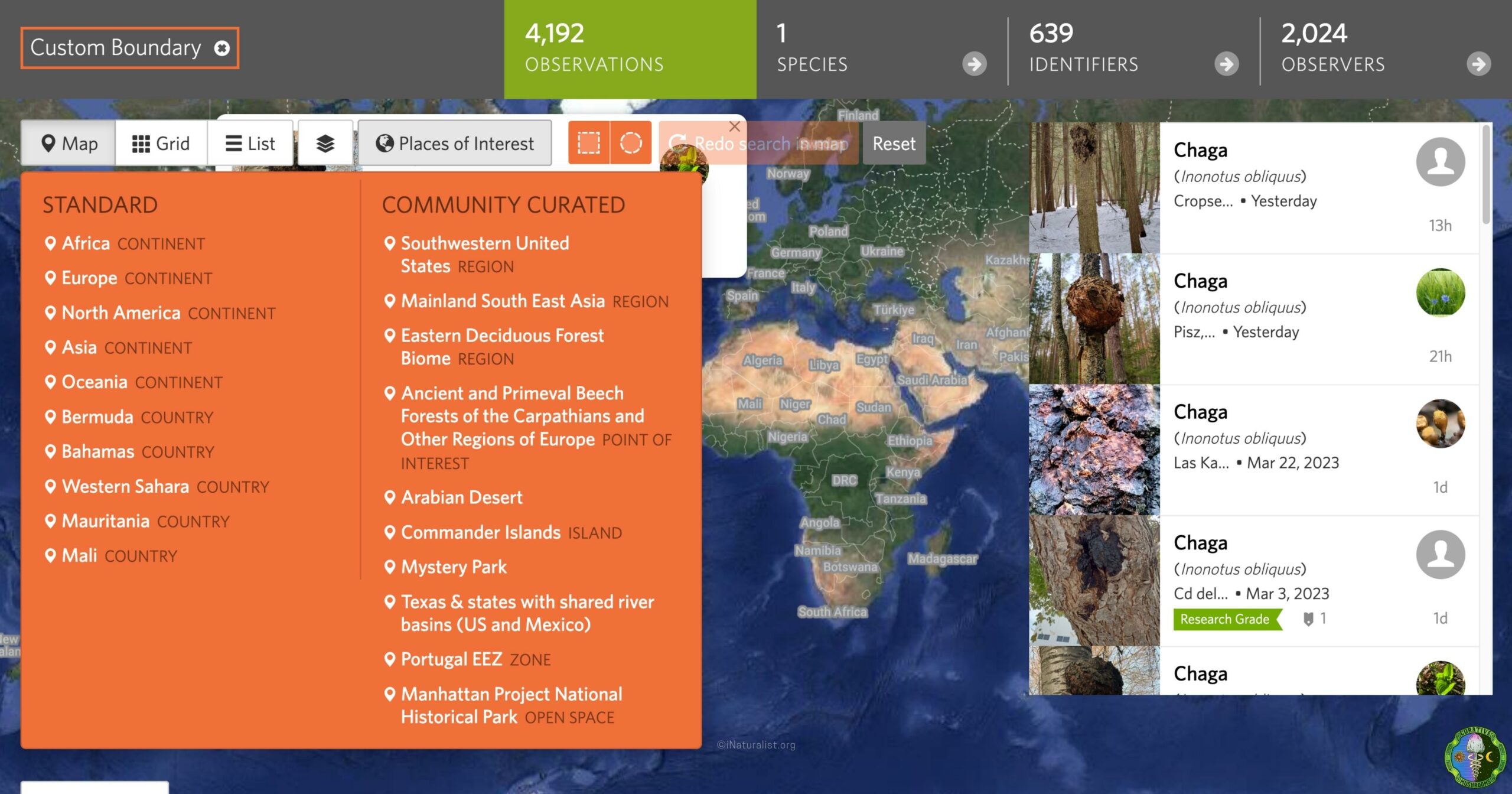
Chaga is parasitic fungi that grow on the bark of various species of live birch trees throughout the northern hemisphere. Their favorite host trees are yellow birch, white birch, and paper birch.
Since Chaga is a slow-growing fungus, you will typically find it on old, bending birch trees. They can also grow on other tree species such as elm, beech, and maple, although this is less common.
Chaga fungi typically appear as a black, charred-looking mass on the outside of the birch tree. They can range in size from small piece nodules to large, bulbous formations weighing several pounds.
1.3. Chaga’s Distribution
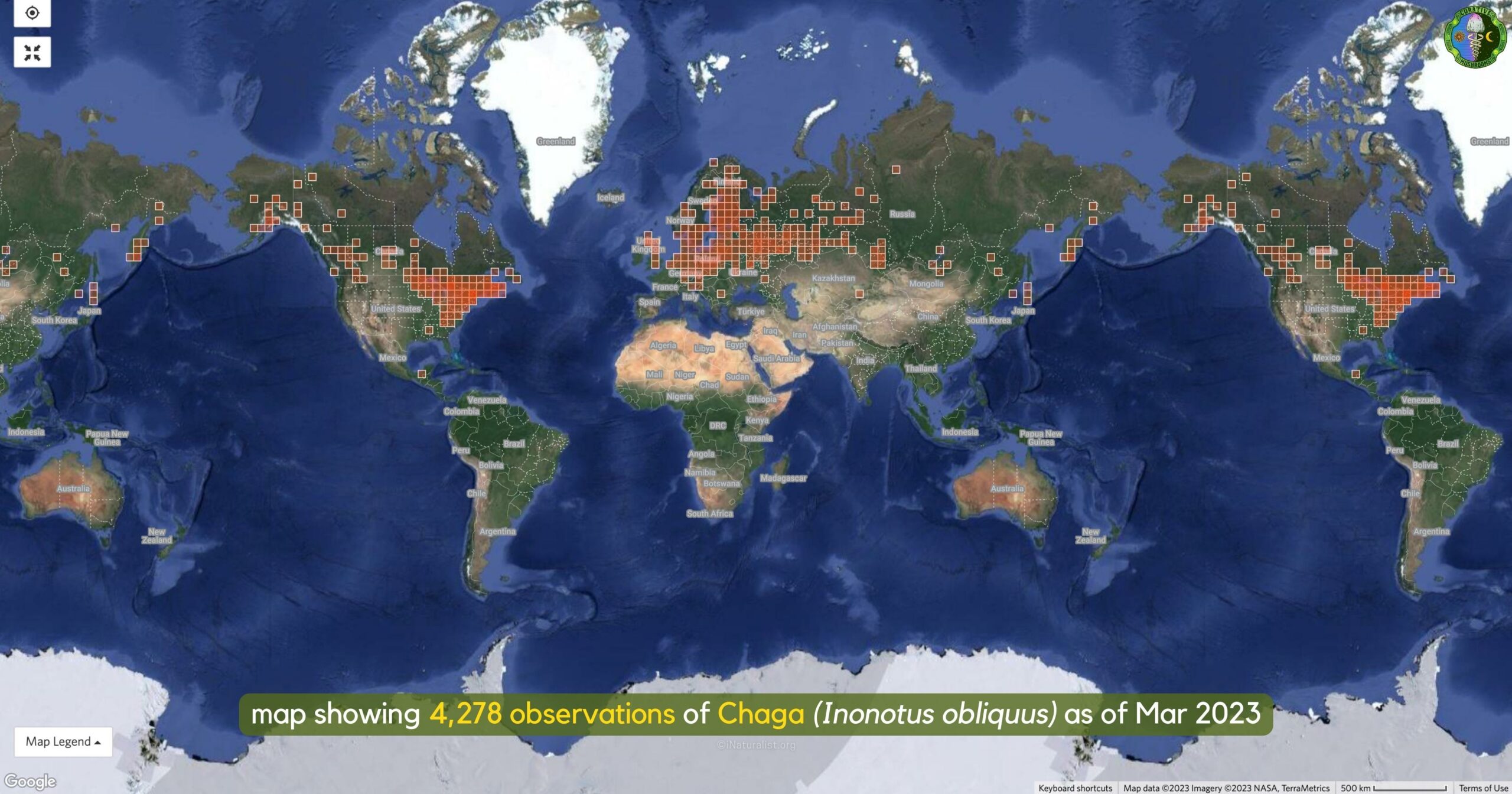
Since the ideal climate for Chaga is one with a long, cold winter and a short growing season, they commonly grow in colder regions.
Chaga prefers a subarctic climate, such as Siberia, Canada. Thus, it can also grow in Korea, Eastern, and Northern Europe, and northern areas of the United States such as Alaska, and the North Carolina mountains.
While Chagas is traditionally harvested from the wild, they are now being cultivated in certain locations. This is due to the increasing demand for their potential health benefits.
The reason for this trend is that a significant portion of Chaga supplies, approximately 90%, comes from Russia. And so other regions like Asia and North America require a way to satisfy their people’s demands.
2. Chaga Mushroom Identification by Physical Characteristics or Appearance
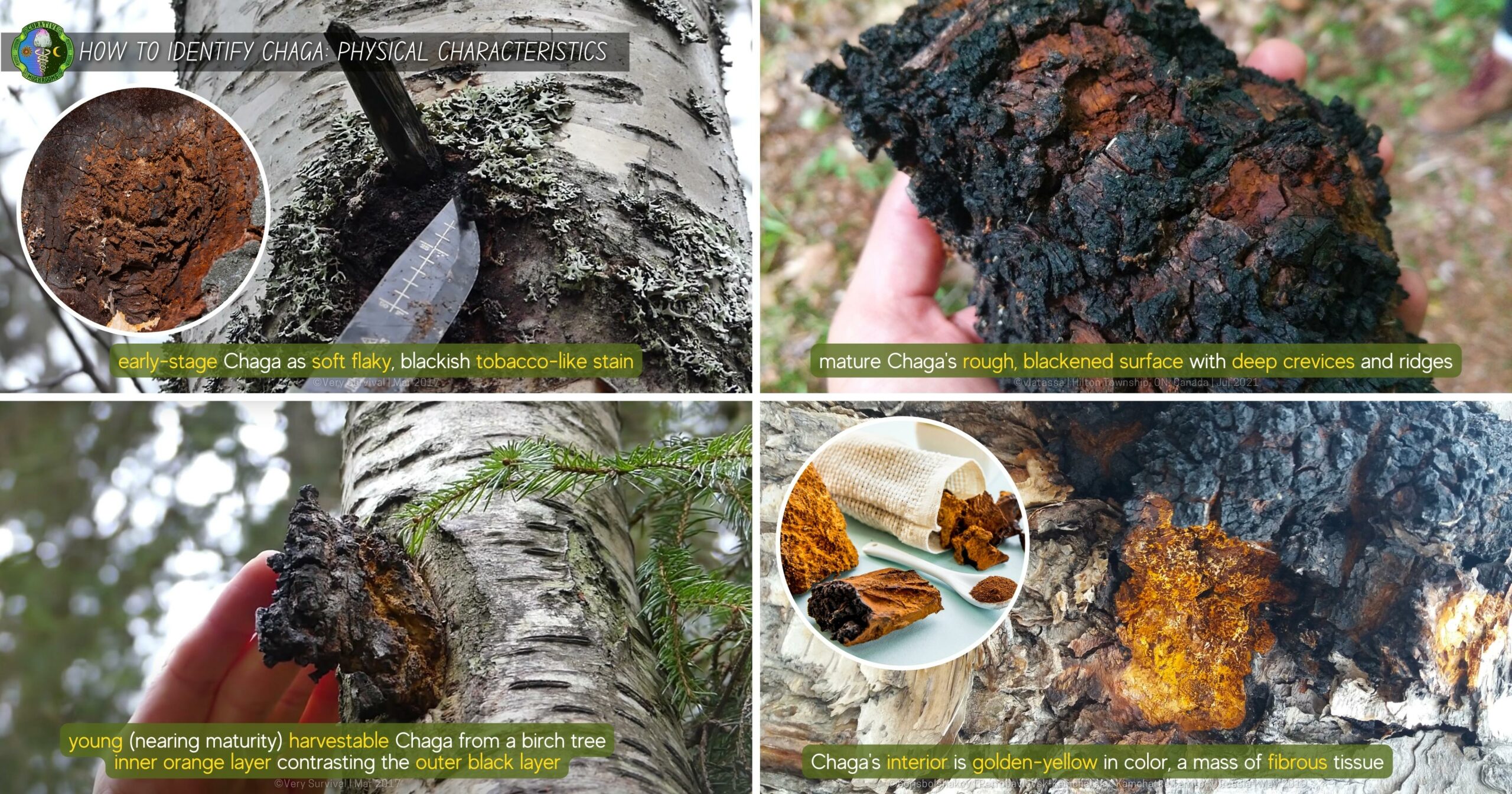
Chaga is unique in appearance and has distinct physical characteristics. The following are the different aspects of their physical characteristics:
2.1. Appearance of Early-Stage Chaga
Chaga fungi start as small, black growths on the bark of a birch tree. At this stage, they have a smooth surface and resemble a burnt patch on the tree bark. They may have a velvety texture and are not yet mature enough to harvest.
In other words, young non-harvestable chaga looks like tobacco stain and has a soft flaky texture that can come off when scraped. The flaky irregular surface is often focused on the wound of the tree.
2.2. Appearance of Mature Harvestable Chaga
As Chaga fungi mature, they grow larger and develop a hardened, black outer layer that is rough to the touch. They become more prominent and can grow to be several inches in size. When ready to harvest, Chaga fungi are typically around 5 to 20 years old. When harvested, Chaga’s visible sclerotia will grow back in the same wound of the tree 2 to 3 years later.
2.3. Outside Texture of the Mature Chaga
The outside of a mature Chaga fungus has a rough, blackened appearance and is characterized by deep crevices and ridges. It may have a cracked texture and can be difficult to cut or break open.
2.4. Inside Texture of the Mature Chaga
When cut open, the inside of a Chaga fungus reveals a golden-yellow color, resembling a mass of fibrous tissue. It has a hard and woody texture, and it is this part of the mushroom people use for medicinal purposes since it’s rich in beta-glucans. Chaga has a slightly sweet, earthy taste. They are commonly brewed into tea or made into a powder for medicinal use.
2.5. Appearance when Old and Not Ideal to Harvest
When Chaga fungi are too old, they lose their medicinal properties and are no longer suitable for harvesting. At this stage, they may become brittle, break easily, and crumble in the hand. You can identify Chaga that are past their mature stage, and look for grey or white masses. This indicates that they are no longer viable.
2.6. Spore Appearance under a Microscope
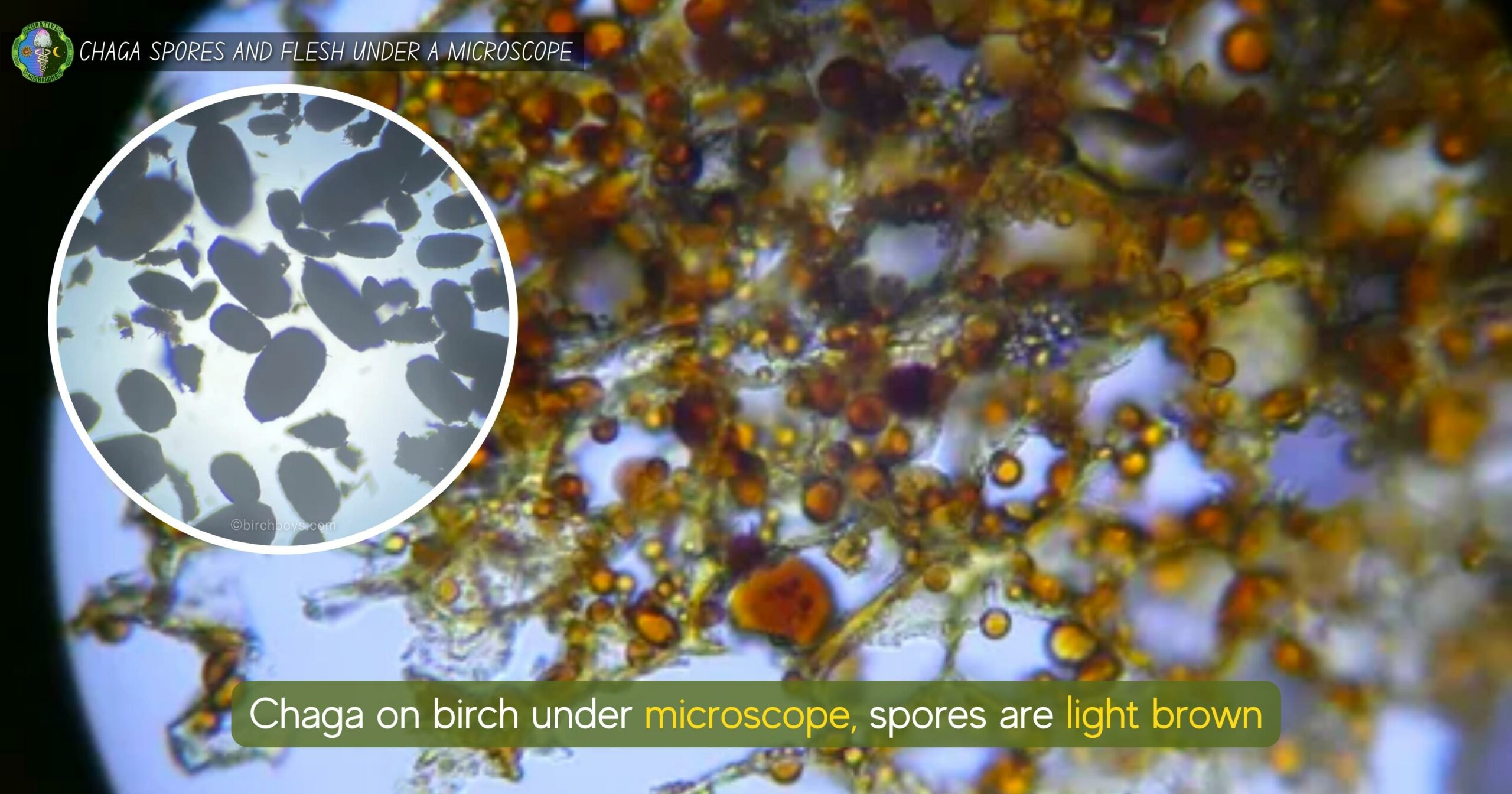
Chaga produce spores as part of their reproductive cycle. You can observe spores under a microscope and this can provide further insight into the identification of the fungus.
Chaga spores are typically round or oval-shaped. They are a light brown color and can range in size from 4-7 micrometers. The observation of these spores, along with other physical characteristics, can help differentiate Chaga fungi from other similar-looking fungi.
3. How to Identify Chaga Mushroom Lookalikes
There are a few mushroom species that may resemble Chaga (Inonotus obliquus) in appearance. But they are not edible or do not have the same medicinal properties. It’s important to be able to differentiate between Chaga and its lookalikes to avoid consuming toxic mushrooms.
Now you might ask, are tree burls the same as Chaga fungus?
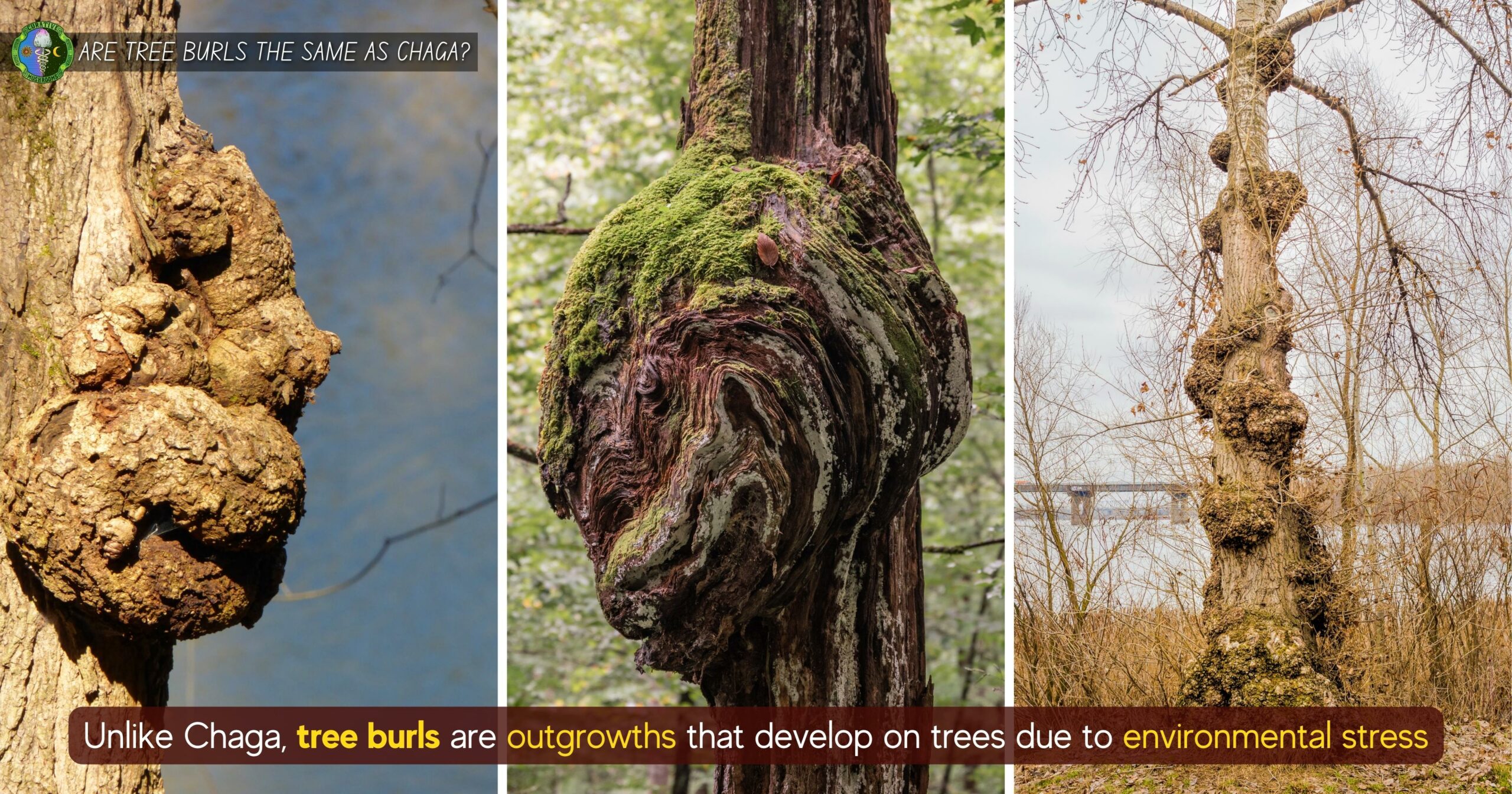
While new foragers may confuse tree burls and Chaga, it is important to note that they are distinct from each other. Specifically, tree burls are outgrowths that develop on trees due to environmental stress, and they are not fungi like Chaga.
In addition, tree burls usually have the same color as the tree and are covered in their bark. Chaga, on the other hand, is typically much darker than the tree and has a burnt appearance, growing separately from the tree as a cone-like protrusion, in contrast to the rounded outgrowths of tree burls.
Moving on, let’s get to know how to identify Chaga lookalikes. Here are some of the most common Chaga lookalikes:

3.1. Burnt Conk (Phellinus gilvus, Fuscoporia gilva)
The Burnt Conk or Mustard Yellow Polypore looks similar to Chaga when young. But as it ages, it turns yellow-brown and develops a tough texture. It grows on hardwoods, particularly oak, and hickory, and is not edible.
3.2. Black Knot Fungus (Apiosporina morbosa, Dibotryon morbosum)
Black Knot Fungus can look similar to Chaga when it is young and has a black, gnarled exterior. However, it grows on fruit trees, particularly plum, and cherry, and is not edible.
3.3. Birch Polypore (Piptoporus betulinus, Fomitopsis betulina)
Birch Polypore looks similar to Chaga when it is old and can grow on birch trees, too. But majority of its life stages, it looks so much different than Chaga with its white woody flesh.
Birch Polypore is technically an edible mushroom, with a strong, pleasant “mushroomy” odor but a bitter taste. Surprisingly, it is a functional mushroom with antimicrobial, anticancer, and anti-inflammatory potential.

3.4. Inky Cap (Coprinopsis atramentaria)
The Inky Cap mushroom or Shaggy Mane is not a direct lookalike of Chaga. But it can be mistaken for it when it is old and rotting at the base of a tree. It is edible when young, but once mature, it turns black and dissolves into an inky liquid, making it inedible. Also, it is considered a functional mushroom.
Key Points on Chaga Mushroom identification
- Harvestable Chaga is one stage in the life cycle of Inonotus obliquus fungus.
- It grows during fall and winter in cold regions on the bark of birch trees.
- It has a distinct rough, blackened exterior with deep crevices and ridges, and a golden-yellow woody interior.
With the knowledge of the key characteristics and physical appearance of Chaga fungi, it is now easier to confidently identify them in the wild.
*Please note that while Chaga fungi are generally safe to consume in moderate amounts, consuming too much can have negative side effects. It’s best to consult with a healthcare professional before adding Chaga to your diet or taking it as a supplement.




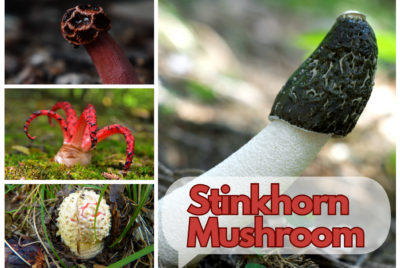
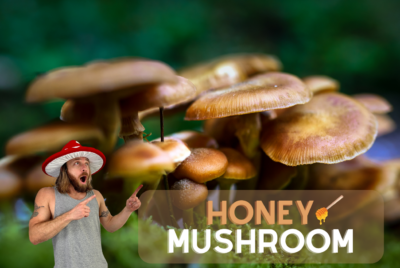
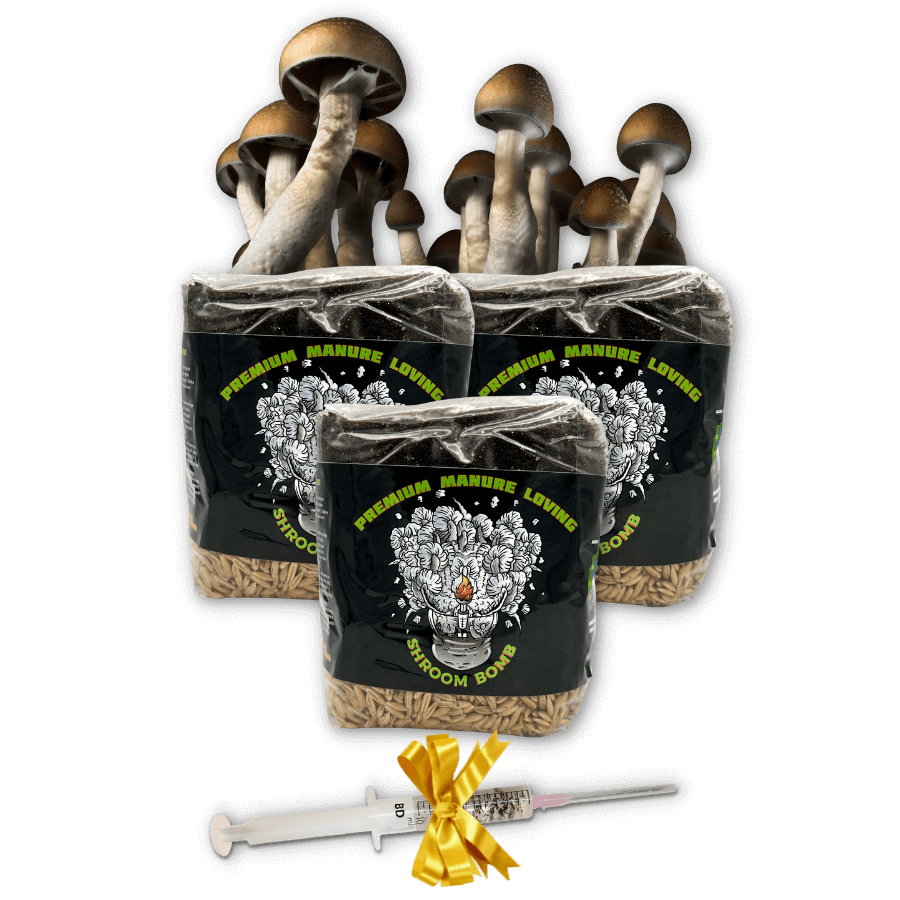

Comments (0)